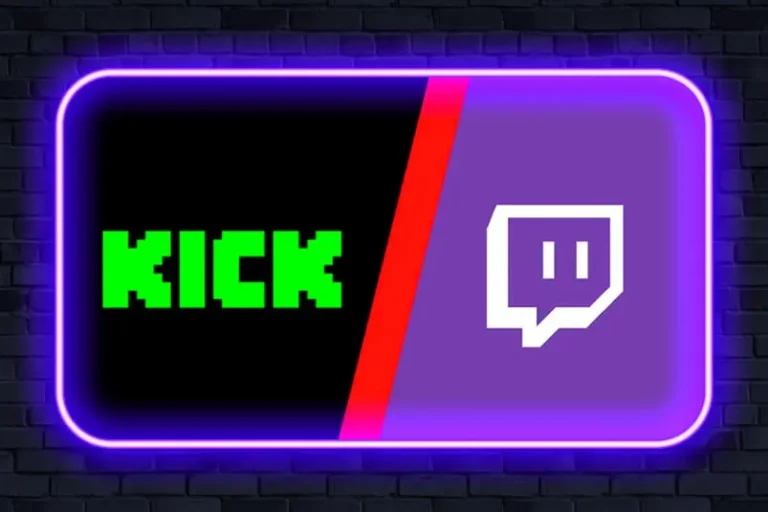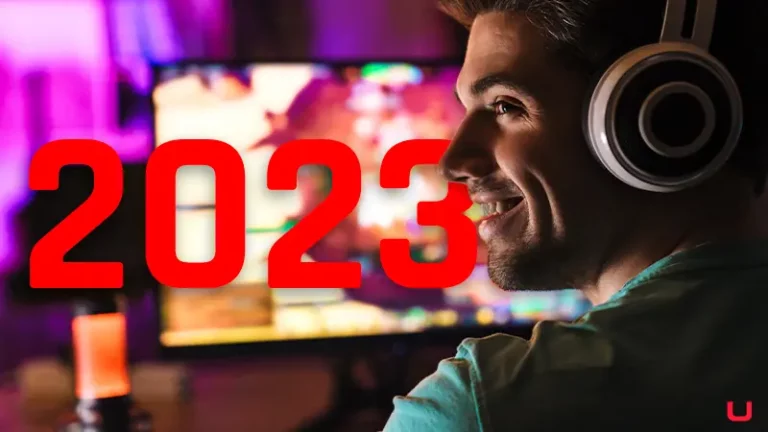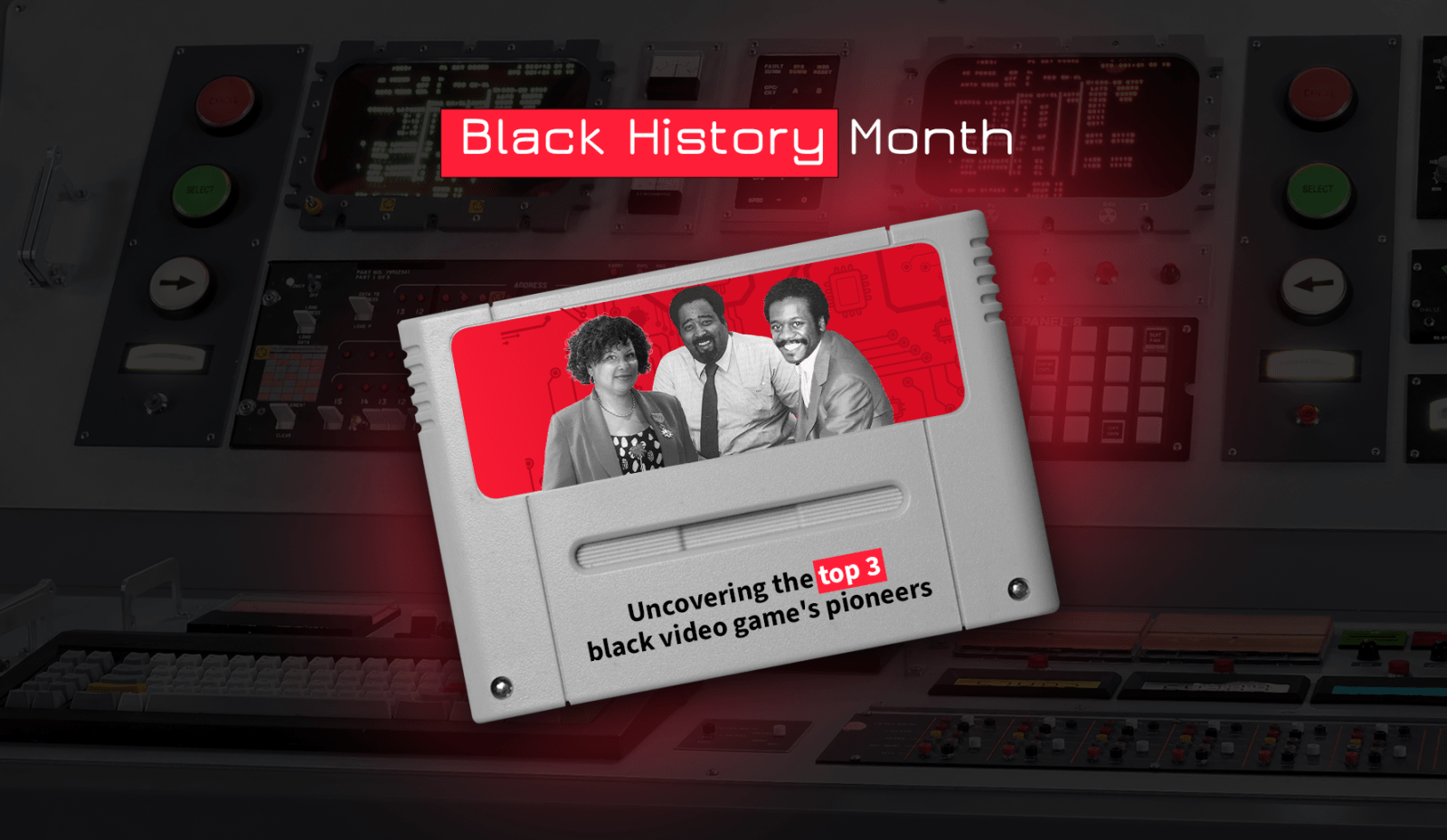

Share this content!
Share this content!
In the history of video games, there are not only incredible black characters but also people who, with their extraordinary talent, ingenuity, and creativity, were transforming the industry to make it as we know it today. There are three black video game pioneers who, for some reason, have remained in oblivion despite being the most important in the world of video games.
But, what did they do to make them so important? And why were they forgotten for so long? Get ready to hear these fantastic stories!
Gerald “Jerry” Lawson
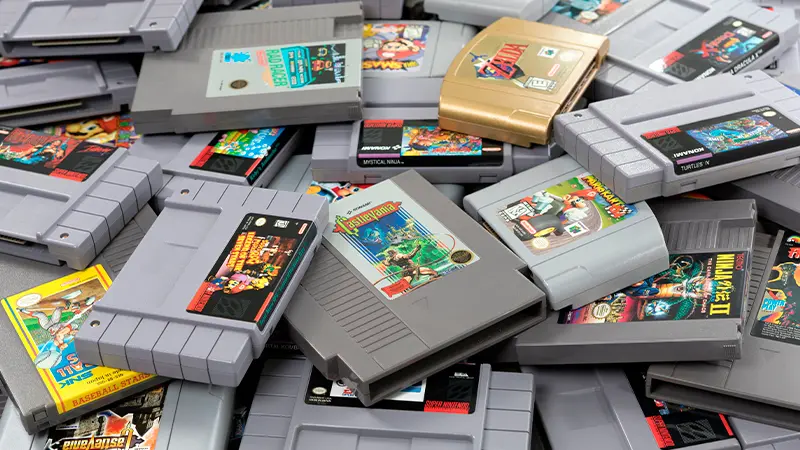
One of the first black pioneers in gaming we will talk about is Jerry Lawson. He turned consoles into something more dynamic thanks to interchangeable cartridges.
This visionary man was born in 1940 in Brooklyn, New York, and from a very young age, he was interested in science and technology. Seeing his incredible talent and intelligence, his family constantly motivated him to do what he was really passionate about.
When he was just a teenager, he was in charge of repairing televisions and electrical appliances in his neighborhood. In this way, between disassembling and assembling objects of all kinds, he learned how technology worked.
His teachers also recognized his remarkable ingenuity, so they decided to help him study a specialization, but unfortunately, he could never do so. While he was earning money fixing televisions, he decided to build his laboratory with computers and tools in the garage.
In 1970, Fairchild, an electrical conductor company, offered him to work with them as an engineering consultant in the sales division. During those years, the first consoles and video games began to appear.
The Magnavox Odyssey and the Atari Pong were selling like hotcakes, so Jerry decided to build his own arcade game called Demolition Derby in his garage.
Somehow the directors of Fairchild found out about the project and offered him the position of hardware manager and director of engineering in the company’s new video game division. No doubt, Jerry accepted and was given the difficult task of creating a console with interchangeable game cartridges.
Yes, I know this may sound crazy to some, but the first gamers in history had to settle for video game consoles that had the games included; if they wanted to play something else, the only option was to buy another different console.
Wallace Kirschner and Lawrence Haskel spotted this problem and unthinkingly developed a prototype console with interchangeable game chips. Almost every tech company had heard of Wallace and Larence’s idea, but none were able to make it happen until they came to Fairchild and, of course, to Jerry.
Although the project sounded impossible, Jerry accepted the challenge; he led the creation of this console, and in just seven months, he made it a reality. In this way, the first console in history with interchangeable cartridges, called the Channel F, came to the world of video games.
In addition, Jerry Lawson added eight-way joystick controls and a pause button, which had never been seen on any other console.
At the end of 1976, Channel F Fairchild came to the market and revolutionized how to consume video games since now you could buy a console and the games separately, which meant more income for the company.
Despite how revolutionary this console was, it failed in sales because its price was very high and the games were not of the best possible quality. A year later, the Atari company took this idea and launched its Atari 2600 console at a more affordable price and with games never seen before, burying the Channel F to a point where many people, today, have no idea this console ever existed.
Jerry Lawson made game cartridges famous, and because of his contribution, he was included in the list of Homebrew Computer Club. Steve Jobs and other industry pioneers were found in this computer hobbyist club. Jerry, along with Ron Jones, was the only Afro-descendants to be part of this club and one of the few in the industry in general.
In 1980 Lawson decided that his time at Fairchild was over, so he resigned and set about creating a company of his own, Video Soft. This company was dedicated to developing video games for the Atari 2600. Years passed, and the video game industry grew exponentially. Cartridges became commonplace for consoles. However, Jerry never enjoyed love compared to other pioneers in the industry.
Many people relate their little recognition to the low success that Channel F had, but let’s be honest, the prejudices, discrimination, and barriers that society places on people of African descent in the United States have always existed. Consequently, even the history of video games has sometimes been in charge of minimizing and hiding the legacy of various creators.
In 2011 the International Association of Video Game Developers named Jerry an “industry pioneer” for his contribution to creating video game cartridges. A month later, Jerry Lawson passed away. Ever since, his children have tried to keep their father’s legacy alive, appearing in various interviews and even in the Netflix documentary High Score.
Ed Smith
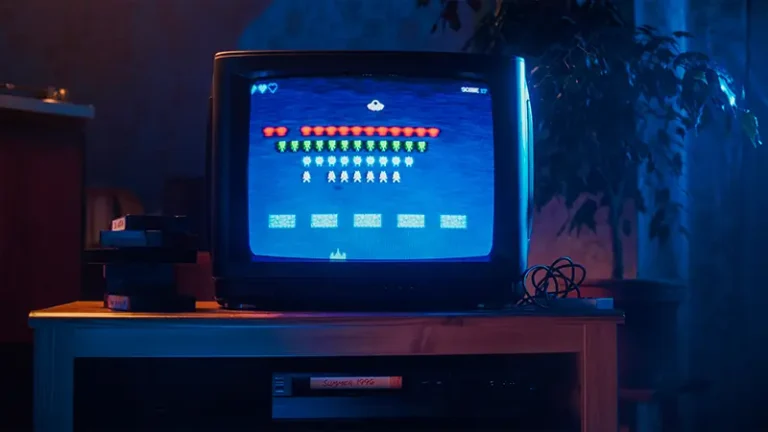
Video game technology is all around us today. We can play all kinds of games with a PC, phone, tablet, or portable consoles while we are going to work or college. However, in the 70s, the story was different.
In 1976, the APF technology company became a recognized company in the video games world (mainly for its generation of Atari Pong clones); the company wanted to be visionary and create new console models to which they added new games and peripherals like light guns.
However, the market continued to be saturated with clones and derivatives of Pong, and the modern approach of programmable and interchangeable cartridges prevailed. From APF’s point of view, producing these machines required specialized knowledge that few of the company’s engineers had developed. That was when the company hired Ed Smith to revolutionize the story.
Edward Lee Smith, one of the black video game’s pioneers, was born in 1954 in Brooklyn, New York. After a childhood and adolescence marked by significant events in the United States, such as the Vietnam War, racial segregation, and the assassination of Martin Luther King, Ed managed to finish his high school studies in 1972 and began working at the Marbelite company.
This company was one of the nation’s largest manufacturers of traffic signs and provided young Smith with his first experience in the world of digital electronic technology. ED was working as a technician at the time, but Marbelite decided to pay for him to take vocational training classes in microprocessor-based circuit design. He learned to program the recent Fairchild F8 (coincidentally, the same chip used by Jerry Lawson to create Channel F).
Although Ed loved his work at Marbelite, he made the tough decision to retire to broaden his sights and try to exploit his passion for microprocessors further. Shortly after that, he was hired by APF, as they needed someone who could help design a new console to take the company into the next generation. Although black Americans were fighting for social justice in the 1970s, this was not something that stopped APF from hiring a bright young engineer.
Ed Smith was fully qualified for the job, and that’s how he became not only the company’s first microprocessor specialist but also, after Jerry Lawson, the second black engineer in video game history and one of the industry pioneers.
Smith ended up developing the M1000 and MP1000 video game consoles for APF in 1978 to compete with the Atari 2600 and the hybrid Imagination Machine in 1979. The latter was priced at $599 and received comprehensive coverage in the press and specialized magazines of all the United States.
Muriel Tramis

If you thought that was all, then you are wrong. We cannot finish this article without mentioning Muriel Tramis, a person who, in addition to being of African descent, is a woman, and not just any woman, but the first in the world of video games in France to receive the distinction of Knight of the Legion of Honor.
Muriel was born in France in 1958. From a very young age, she was attracted to technology and the branch of science in general, so she decided to study engineering in Paris with a specialization in automation and computer science.
For five years, she optimized drone maintenance procedures for missile fire tests at the Aerospace company. However, she decided to resign to join Coktel Vision after becoming a video game lover.
For several years, she studied the market to advertise graphic palettes, which allowed her to discover and manipulate the first computer graphics devices. Muriel quickly created stories and images using computer tools and developed Méwilo, her first adventure game for Atari consoles.
After Coktel Vision realized the success of her game, they promoted her to the position of software author, where she created a second game called Freedom, which merged the category of warfare and role-playing games. Later, she continued directing various projects related to video game design which were very well received by the public.
In 2003, after 17 years working for Cocktail Vision, she decided to focus on creating her own video game development company. Currently, she makes virtual reality products.
Black video game’s pioneers change the history forever!

These stories of the black video game’s pioneers can inspire anyone interested in creating and developing video game hardware and software. No matter the race or the economic situation in which you find yourself, we are in a changing time, where we can all have the same opportunities if we are constant; there are various face-to-face and online courses that can help you take your first steps.
But there’s more if you use a reward card like the Ugami Card to pay for these lessons, you can receive Ugipoints to exchange them for gaming-related steps such as consoles, graphics cards, video games, computers, and more. Download the Ugami App now, so you don’t miss the opportunity to be one of the first users to use the Ugami Debit Card soon to be released to the public.



